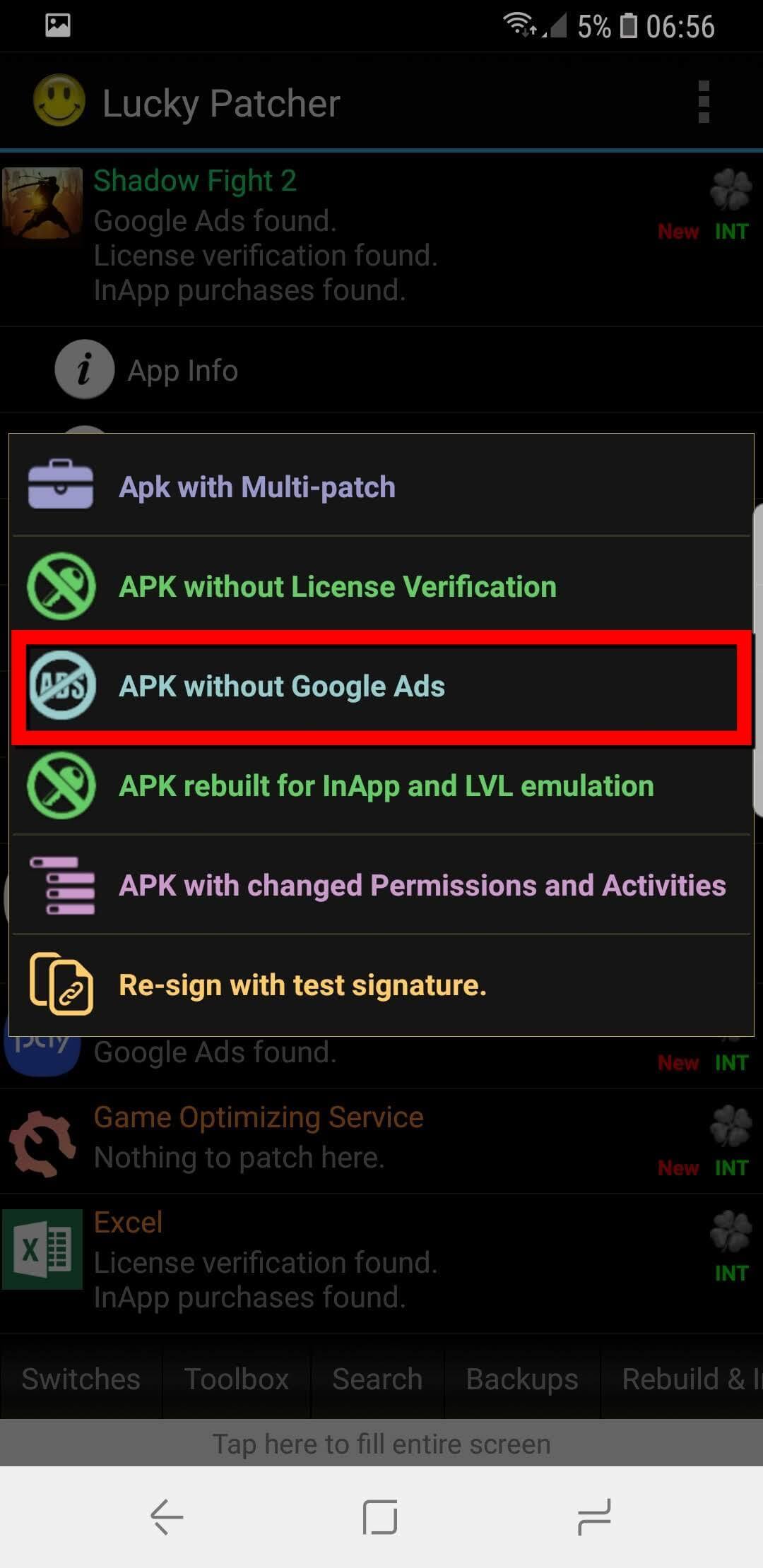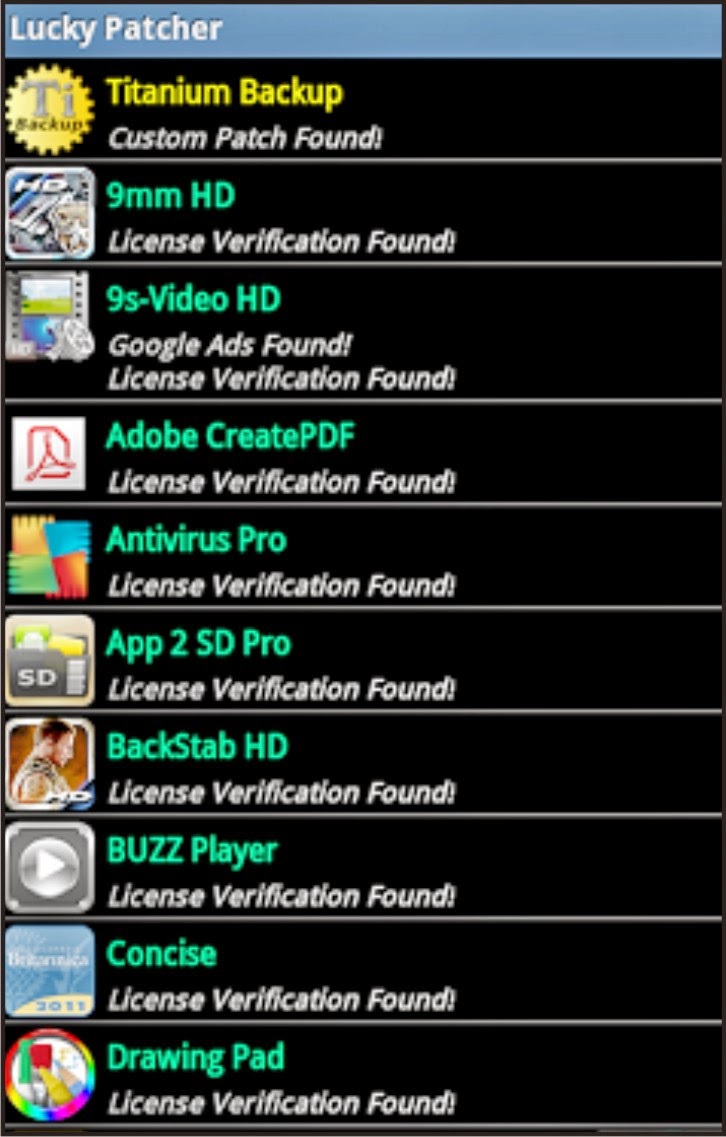“Okay, here is an article about Lucky Patcher APK in English, aiming for approximately 1600 words.
Okay, here is an article about Lucky Patcher APK in English, aiming for approximately 1600 words.

Lucky Patcher APK: Unlocking the Potential (and Pitfalls) of Your Android Apps
The Android operating system is known for its openness and flexibility, allowing users a level of customization and control far beyond many other mobile platforms. For those who crave even deeper control over their installed applications – perhaps to remove annoying advertisements, bypass license checks, modify permissions, or unlock certain features – a powerful and often controversial tool exists: Lucky Patcher.
Often discussed in hushed tones within enthusiast communities, Lucky Patcher is an application that operates in a legal and ethical grey area. It’s not available on the official Google Play Store due to its nature, requiring users to venture into the world of APK downloads and manual installation. But what exactly is Lucky Patcher, how does it work, what can it do, and most importantly, what are the significant risks and considerations involved in using it?
This comprehensive article delves deep into the world of Lucky Patcher, exploring its capabilities, technical underpinnings, usage, and the crucial ethical and security implications that every potential user must understand before proceeding.
What is Lucky Patcher?
At its core, Lucky Patcher is a patching tool for Android applications. Unlike traditional app modding which often involves creating entirely new, modified versions of apps from scratch, Lucky Patcher works after an app has been installed on your device. It scans your installed applications and presents a list of potential modifications or "patches" that can be applied.
These patches are essentially small pieces of code or instructions designed to alter the behavior of the target application. Lucky Patcher achieves this by modifying the app’s core files, specifically its Dalvik Executable (DEX) files or ART equivalent, which contain the app’s compiled code. By injecting, removing, or altering specific instructions within this code, Lucky Patcher can change how the app functions.
Think of it like performing minor surgery on an installed program. Instead of getting a different version of the program, you’re modifying the one you already have on your system. This requires a significant understanding of how Android apps are structured and executed.
How Does Lucky Patcher Work? The Technical Side

Understanding how Lucky Patcher operates provides insight into its power and potential risks. When you install an app from the Google Play Store, it comes as an APK (Android Package Kit) file. This APK contains all the app’s resources, assets, libraries, and crucially, its compiled code (DEX files).
When you open Lucky Patcher and select an app to modify, it performs several steps:
- Analysis: Lucky Patcher analyzes the selected app’s code (DEX files) to identify specific patterns or calls related to functionalities like advertising frameworks (e.g., Google AdMob), license verification checks, in-app purchase APIs, or permission requests.
- Patch Identification: Based on the analysis and its internal database of known patches, Lucky Patcher determines which modifications are potentially applicable to that specific app version. This is why some patches work for certain app versions but not others; the code structure might have changed.
- Code Modification: If you choose to apply a patch, Lucky Patcher attempts to modify the app’s DEX files. This might involve:
- Removing Code: Deleting instructions that call ad networks or initiate license checks.
- Injecting Code: Adding instructions to bypass checks or force certain outcomes (like a successful in-app purchase).
- Altering Logic: Changing conditional statements (e.g., making a "check license" function always return "true").

- Recompilation (Often): After modifying the code, Lucky Patcher often needs to recompile the altered DEX files and repackage them into a new APK file. This new APK is the "modified" version of the original app.
- Installation: To use the modified app, you typically need to uninstall the original version and then install the newly created, patched APK. This step is crucial and is where potential issues like data loss (if not backed up) or installation problems can occur.

This process often requires root access on the Android device. Rooting grants Lucky Patcher elevated permissions, allowing it to directly access and modify system files and the installed app’s data and code directories, which are normally protected. While some limited functionalities might work without root, the most powerful and common uses of Lucky Patcher absolutely require it.
Key Features and Capabilities
Lucky Patcher is not a single-purpose tool; it offers a suite of functionalities aimed at giving users more control over their apps. Some of its most prominent features include:
- Removing Advertisements: One of the most popular uses. Lucky Patcher can identify and attempt to block or remove code related to displaying ads within an application. This can significantly improve the user experience in ad-supported free apps.
- Bypassing License Verification: This feature is designed to bypass or emulate license checks in paid applications or games. The goal is to allow users to run apps they haven’t legitimately purchased, or to use premium features without paying. This is where the tool enters a clear ethical and often legal grey area (more on this later).
- Emulating In-App Purchases: Lucky Patcher can attempt to trick applications into believing that an in-app purchase has been successfully completed, even if no actual transaction occurred. This allows users to potentially unlock premium content, virtual currency, or features within apps and games without spending money. Like license bypassing, this is highly controversial.
- Creating Modified APKs: After applying patches, Lucky Patcher can generate a standalone APK file of the modified application. This allows users to share the patched version (though sharing modified paid apps is illegal) or reinstall it easily later.
- Applying Custom Patches: For some specific applications or games, the Lucky Patcher community or developers might create "Custom Patches." These are highly specific modifications tailored to a particular app version to achieve a specific outcome not covered by the generic patches.
- Modifying App Permissions: Users can use Lucky Patcher to alter the permissions an app requests or has been granted. This can be useful for privacy concerns, allowing users to revoke permissions they deem unnecessary for the app’s core function.
- Backup and Restore: Lucky Patcher includes basic backup functionalities, allowing users to back up their apps (original or modified) and restore them later.
- Other Tools: The app also includes various utility functions like clearing Dalvik cache, moving apps to SD card, and managing system apps (requires root).
It’s important to note that the success rate of these features varies greatly depending on the specific app, its version, how well it’s coded to resist tampering, and whether the device is rooted. Modern apps with strong security measures or server-side verification are much harder, if not impossible, to patch successfully with Lucky Patcher.
Requirements and Compatibility
To utilize Lucky Patcher to its full potential, your Android device generally needs to be rooted.
- Root Access: Rooting an Android device gives you administrative privileges, allowing apps like Lucky Patcher to access and modify parts of the system and other applications that are normally restricted. Without root, Lucky Patcher’s capabilities are severely limited, mostly confined to basic tasks like removing ads in some simpler apps or creating backups. Rooting is a process that varies by device and Android version and carries its own set of risks, including potentially voiding your warranty or bricking your device if done incorrectly.
- Android Version: Lucky Patcher is generally compatible with a wide range of Android versions. However, the effectiveness of specific patches can depend on the Android version and how the target app was developed for that version.
- Unknown Sources: Since Lucky Patcher is not on the Google Play Store, you must enable "Install unknown apps" or "Unknown sources" in your device’s security settings to install its APK file. This setting should be handled with extreme caution, as it allows potentially malicious apps to be installed outside of Google’s security checks.
Downloading and Installing Lucky Patcher: Proceed with Extreme Caution
This is perhaps the most critical section regarding Lucky Patcher. Because it’s not on the official app store, users must download the APK file from third-party sources. This is where the significant security risks lie.
WARNING: The internet is rife with fake or malicious versions of Lucky Patcher. Downloading the APK from unofficial, untrusted websites is a primary way users inadvertently install malware, viruses, spyware, or ransomware on their devices. These fake versions might look like Lucky Patcher but are designed to steal your data, display aggressive ads, or take control of your device.
To minimize risk (though it cannot be entirely eliminated):
- Find the Official Source (Difficult): The developers of Lucky Patcher maintain an official website, but even finding the actual official site can be tricky due to many imposter sites. Searching for "Lucky Patcher official website" might lead you to fan sites or scam sites. Look for sites that are consistently updated and linked from reputable (though still unofficial) Android modding communities.
- Verify the Source: Even if you find a site claiming to be official, exercise skepticism. Check forums and communities to see if others confirm it’s the legitimate source.
- Download the APK: Once you believe you’ve found a legitimate source, download the Lucky Patcher APK file.
- Enable "Install unknown apps": Go to your device’s Settings -> Apps & notifications (or similar) -> Special app access -> Install unknown apps. Select the app you will use to open the APK (e.g., your file manager or browser) and grant it permission. Remember to disable this permission again immediately after installing Lucky Patcher.
- Install the APK: Locate the downloaded APK file using a file manager and tap it to begin the installation process. You will likely see warnings about the app’
